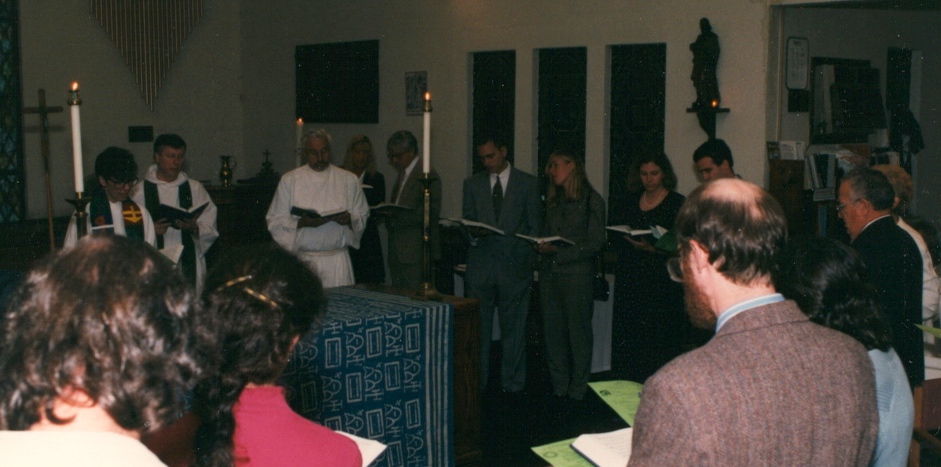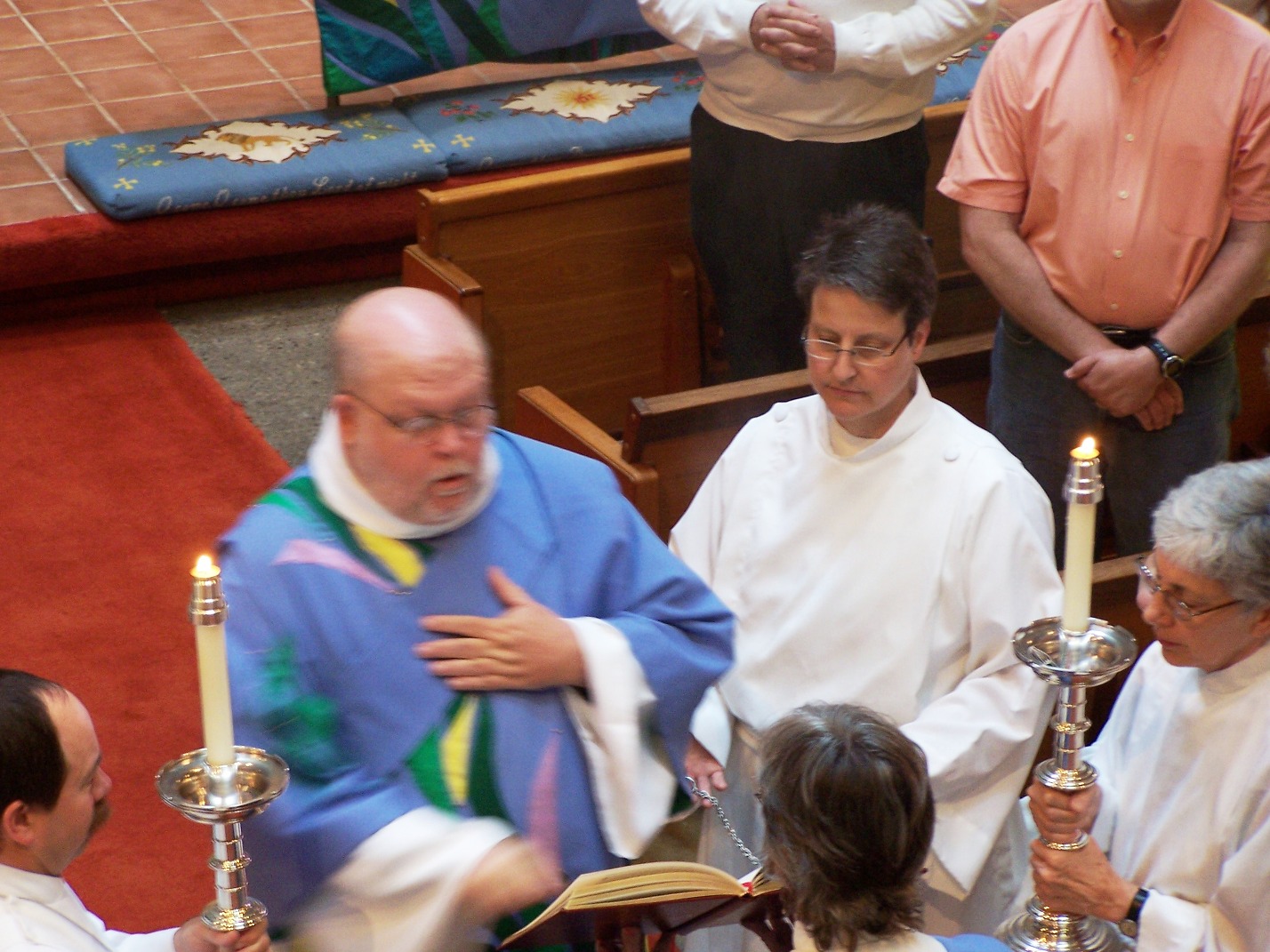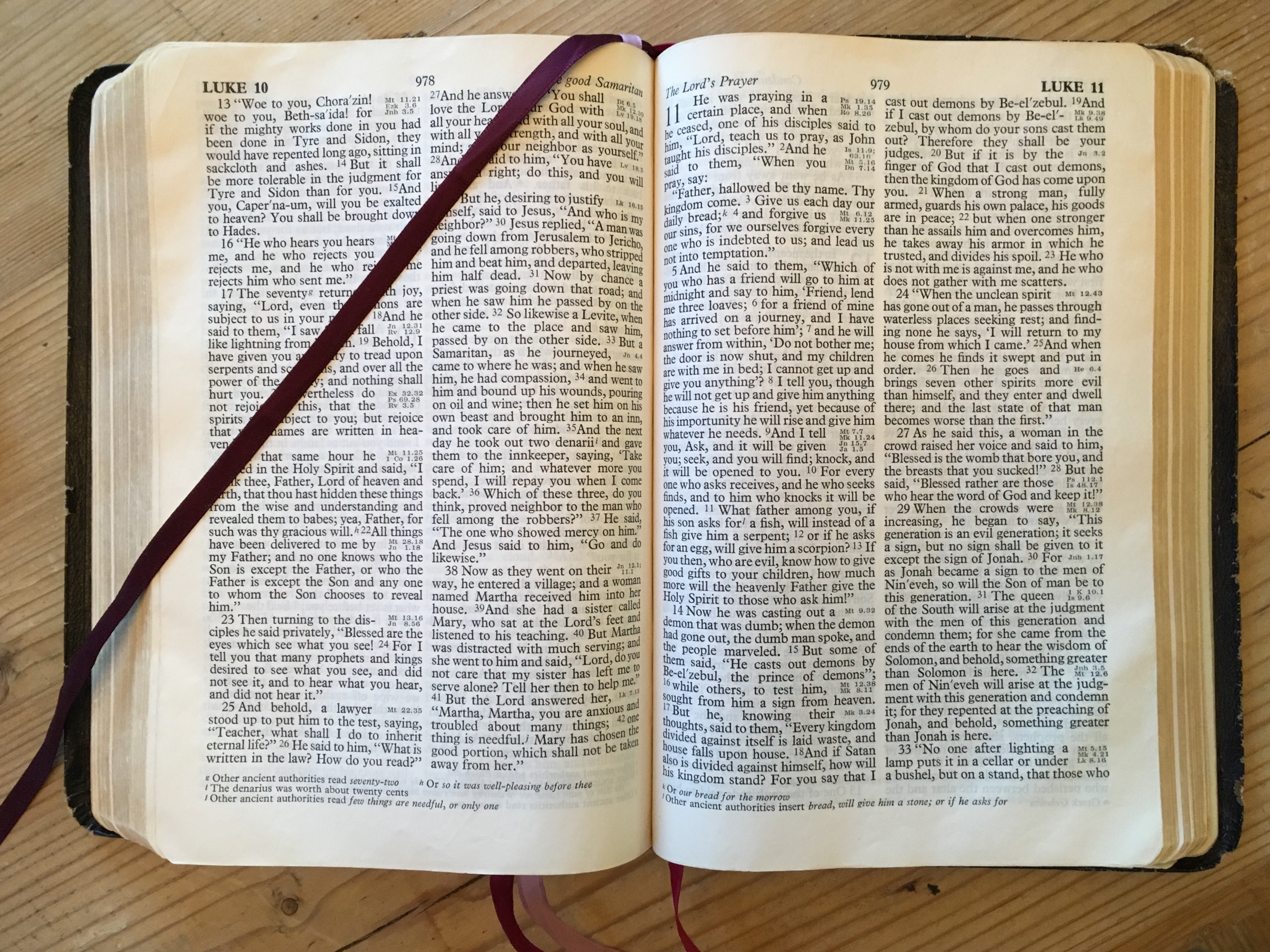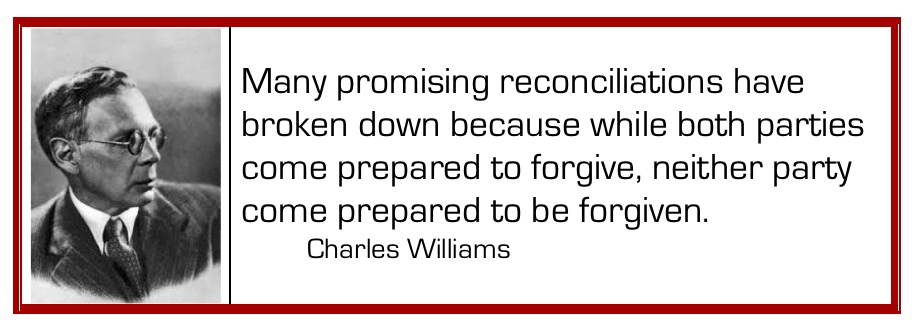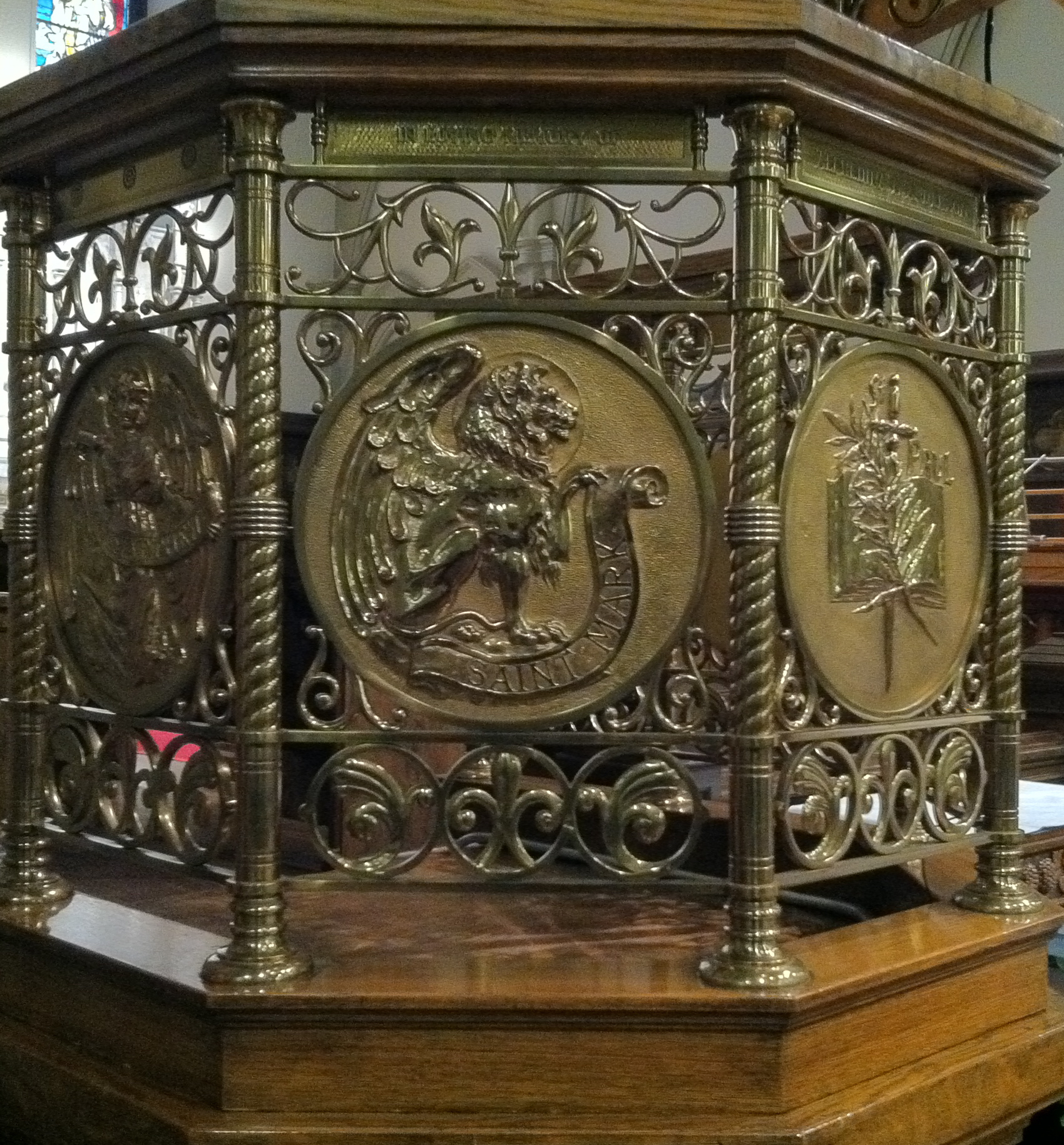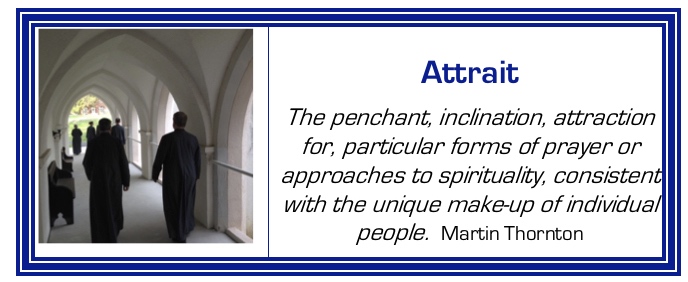Saint Paul’s Parish, Seattle: Growth & Decline
 Friday, August 30, 2019 at 3:14PM
Friday, August 30, 2019 at 3:14PM 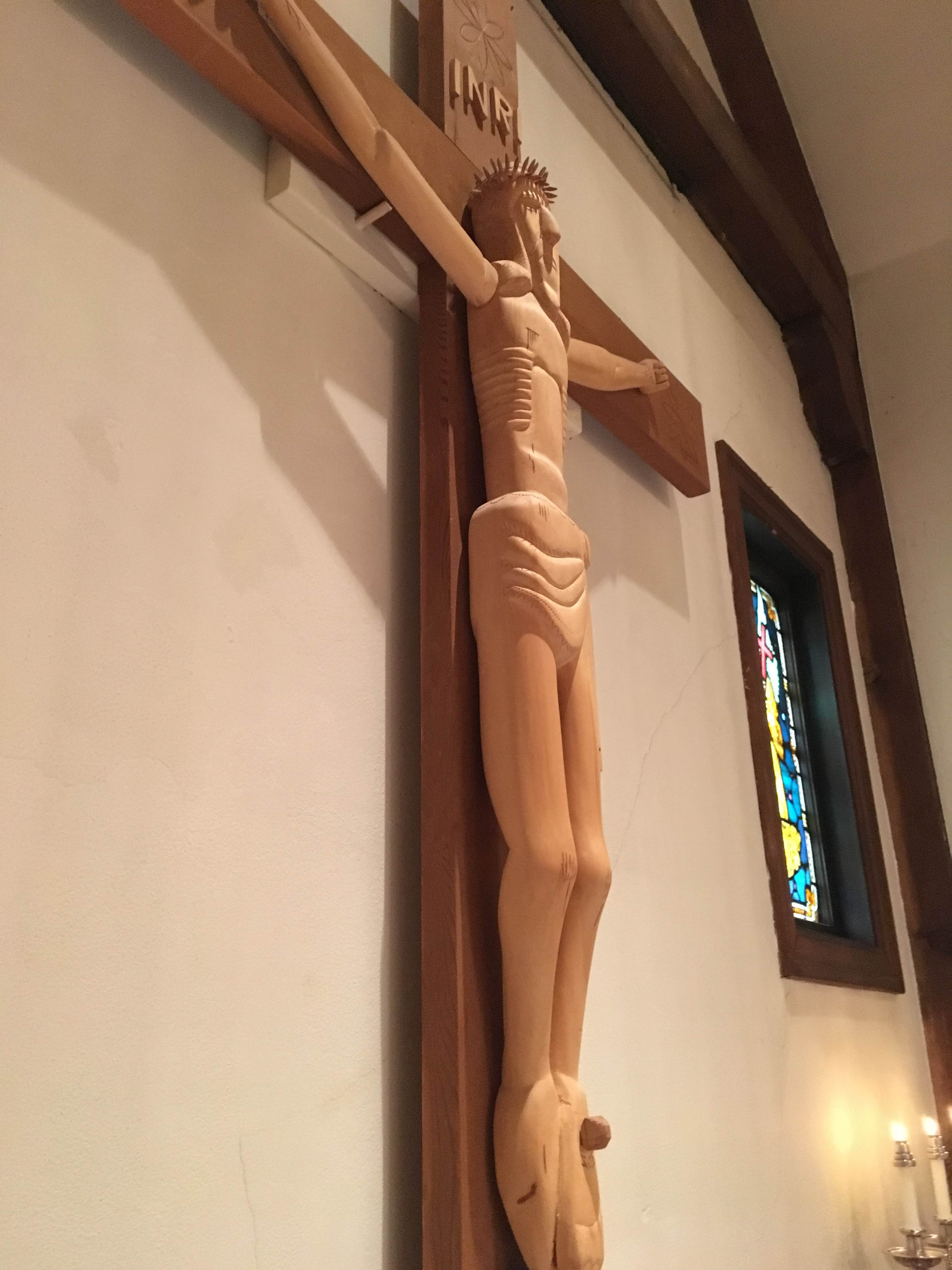
Follow up on St. Paul's Growth and Decline (Feast of the Holy Cross 9/14/19)
As promised we've posted an article on responses received, events, and our reflections. You can find that here.
An act of offering: This is our contribution to the conversation in our parish and in other parishes around the issues and dynamics of growth and decline. It's a piece of independent journalism. It's not an "official" parish document. No one asked for it. No one got to approve it or remove material that made them uncomfortable. We aren't functioning as consultants in our own parish (usually a bad idea). But like everyone else in the Eucharistic community we offer our gifts. We lay them upon the altar for God to use as God decides.
We hope to hear from more of you -- what do you think are the factors involved in growth & decline? Are there facts we have wrong? Let us know. Are there assumptions or characterizations you see differently? We'd be glad to hear from you. What do you think might be fruitful ways forward?
Our hope is that parish leaders will use it as one small part of a larger parish dialogue. Such dialogue, and the pursuit of truth, never harms a Christian community. The fruits are in the response. When engaged with an open heart other views and the related dialogue can enrich a community.When responded to defensively it can decrease trust and make people afraid to offer views that may differ from the leaders.
---------------------------------------------
We’ve reported on the life and ministry of Saint Paul’s over the years. It’s mostly been about the extraordinary growth of the parish and the transition period from one rector to another.
This posting is about the process of growth and decline between 2005 and now.
We will explore factors that may have contributed to both the parish’s growth and decline. We’ll come at that task in our usual manner with a mixed approach drawing on the fields of organization development and ascetical and pastoral theology and practice.
Our hope is that those who read this will offer intercession for St. Paul’s; hold us on your heart before God. We also hope this will stimulate those not from St. Paul’s to better understand the issues and dynamics of their own parish and to approach the difficulties of their parishes with generosity and prayer. Those who are from St. Paul’s are invited to allow this article to stimulate their own thinking and prayer. Where our choice of words or ideas does seem quite right, we hope you’ll offer your thinking to us and parish leaders. When we have missed some important element of the story, we hope you’ll add it in.
There are two elements to this.
A paper presenting our hypotheses about the parish’s growth and decline.
Here’s that PDF - Saint Paul's Parish, Seattle: Growth & Decline
Also, below are a series of PDFs and links. Those at the top are theories, models, people and issues that are mentioned in the paper. Those that follow are background resources on the parish, mostly earlier blog postings.
Orientation
You may find this paper helpful in understanding our approach. Understanding from Within: Working with Religious Systems, Heyne & Gallagher It's a piece we wrote in 2015 for the OD Practitioner, a professional journal of the Organization Development Network. The paper offers an overview of how organization development (OD) came to be used in religious systems, especially in the Episcopal Church. It goes on to discuss how the "secular" resources of OD were modified to better fit their use in the church. The paper includes a discussion of how St. Paul's used the knowledge and methods of OD beginning in 2005.
Theories, models, people and issues that are mentioned in the paper, by section
The issue we face
Order of the Ascension Website
About Michelle Heyne, OA & Robert Gallagher, OA Webpage
Contextual Issues A PDF
Why the growth - decline?
Action research A PDF A web page
Related to 2005 - 2013
Appreciative stance & behavior AI Fact Sheet A worksheet for the parish Web page
Rob Voyle’s “Creating Sustainable Change through Incarnational Leadership” (About St. Paul's)
Three Approaches to Planned Change Voyles' Clergy Leadership Institute
Liturgical Presence Booklet and related
web page (for booklet-go down to "The Ministers of the Altar")
John Orens’ “The Anglo Catholic Vision” PDF
SWOT Analysis webpage 1 webpage 2 worksheet PDF
Christian Proficiency by Martian Thornton web site for book An excerpt
Training programs Church Development Institute College for Congregational Development Organization Development Certificate
Pastoral theology models Renewal-Apostolate Cycle Shape of the Parish
Parish Size: Issues & Dynamics A PDF - issues & dynamics Doug Walrath size chart
A PDF of the Average Sunday Attendance of Seattle parishes
Development of the 5:00 mass Praying at the Edges Gallagher notes GTS article
CJN - from hostility to hospitality
Related to the interim period 2014-15
Parish Profile 2014 a PDF
Holy Cow! Consulting and the CAT survey website
Related to 2015 - 2019
Intervention Theory - C. Argyris PDF Argyris webpage
Organizational culture webpage Changing culture PDF
Conflict avoidance A web page
Bonding: Priest & People A web page
What we can best influence
St. Paul's - a future web page
The Benedictine Promise PDF-dynamics of parish PDF-Spiritual Life
Loving Critics PDF-one page overview John Gardner's remarks
Daily Office web page (links to resources at bottom of the posting)
Anglo Catholic tradition and social issues PDF-Ken Leech PDF-Orens PDF-inner city
The Renewal of Catholic Spirituality-Leech
Means of Grace, Hope of Glory - Parish Development Blog web page
The Church's Way of Reconciliation and Forgiveness web page
Background resources on Saint Paul's Parish
Saint Paul's Parish website
From 2011
The Hospitality of God webpage The book has a chapter on St. Paul's
These are blog postings from 2013. They look at the growth in spiritual vitality and attendance. The first report centers on the visit of two bishops in 2010.
“But it was at St. Paul’s Seattle that we experienced most fully the power of shared gesture for building up a sense of the body of Christ and of a community intent on God.” They then described the liturgy and then asked themselves a question, “What was special about this worship?”
They noted that it was fundamentally “familiar” and “conventional” and went on to share three elements that “contributed to its being a stunning and moving experience.” First, “a deep spirituality of engagement by the entire congregation.” Second, it was carefully choreographed and rehearsed, yet it did not feel precious or stilted; the whole liturgy was a beautiful dance.” Third, “the non-verbal participation by the entire congregation” referring to acts of mutual reverence that had the effect of “creating a sense of a community engaged in something entirely corporate and significant for them.”
A look at common issues and dynamics in the search process. In retrospect its possible to see a few places where what happened during the search process had an impact on growth and decline.
Thoughts on how the parish could take bolder action in protecting its institutional life and making use of its resources.
Books and a web page: organization development and ascetical and pastoral theology and practice
This is the reading list for Associates of the Order of the Ascension
The History of Parish Development in the Episcopal Church




